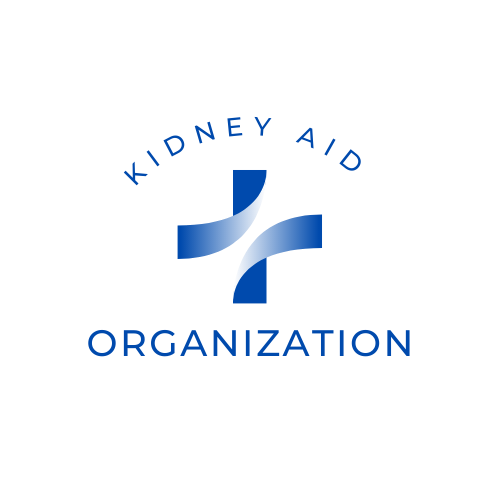The intricate dance of bodily functions relies heavily on the kidneys, those unsung heroes filtering waste and excess fluids from the bloodstream. When the rhythm falters and kidney function levels dip, it's a cause for concern. In this article, we will embark on a journey to understand the causes, symptoms, and potential treatments associated with low kidney function levels.
Decoding Kidney Function Levels
Kidney function levels are like the body's filtration scorecard, often assessed through the glomerular filtration rate (GFR). A GFR below 60 is a red flag, signaling potential kidney dysfunction. To comprehend the implications of low kidney function, we need to explore the diverse factors contributing to this health concern.
Unveiling the Culprits Behind Low Kidney Function Levels
1. Chronic Kidney Disease (CKD): A Stealthy Invader
Chronic Kidney Disease is a silent predator, gradually diminishing kidney function. It's a slow burn, often undetected in the early stages. Hypertension, diabetes, and genetics form a trifecta of risk factors for CKD, emphasizing the need for vigilant monitoring.
2. Acute Kidney Injury (AKI): A Sudden Storm
Unlike CKD, Acute Kidney Injury is the abrupt onset of severe kidney damage. Infections, dehydration, or exposure to nephrotoxic substances can trigger AKI, demanding swift medical intervention.
Signs and Signals of Low Kidney Function
Detecting the subtle cues of low kidney function is pivotal for early intervention.
1. Fatigue and Weakness: The Stealthy Onset
Anemia, a consequence of decreased kidney function, manifests as fatigue and weakness. The kidneys' failure to produce enough erythropoietin, a vital red blood cell stimulant, is a silent assailant.
2. Swelling and Fluid Retention: The Telltale Edema
Impaired kidney function results in fluid retention, visible as swelling in the legs, ankles, and face. The body's inability to shed excess fluids becomes evident.
3. Changes in Urination: The Altered Symphony
Low kidney function disrupts the symphony of urine production. Dark, foamy, or bloody urine serves as a beacon, signaling underlying kidney issues.
The Diagnostic Odyssey of Low Kidney Function
Navigating the labyrinth of diagnostics is crucial for pinpointing low kidney function.
1. Blood Tests: The Molecular Trail
Creatinine and blood urea nitrogen levels are the markers guiding doctors, offering insights into the kidneys' filtration prowess.
2. Imaging Studies: The Visual Chronicles
Ultrasound or CT scans provide a visual narrative, unraveling the structural intricacies of the kidneys and uncovering any anomalies or blockages.
Crafting the Tapestry of Treatment Options
1. Medication Management: The Pharmacological Arsenal
Strategic use of medications can control blood pressure, reduce proteinuria, and address other contributing factors that propel low kidney function.
2. Lifestyle Modifications: The Symphony of Health
A harmonious blend of a balanced diet, regular exercise, and adequate hydration becomes the conductor's baton, orchestrating a melody of kidney health and impeding the relentless march of kidney disease.
In Conclusion: Navigating the Seas of Kidney Health
Low kidney function levels cast a shadow on overall health, but early detection and proactive measures can tip the scales in favor of wellness. Regular check-ups, a lifestyle tuned to the rhythms of health, and a keen awareness of potential symptoms form the armor against the encroachment of kidney issues. If the whispers of concern about your kidney function arise, heed them promptly, consulting with healthcare professionals for a thorough evaluation and a personalized roadmap to kidney health.

